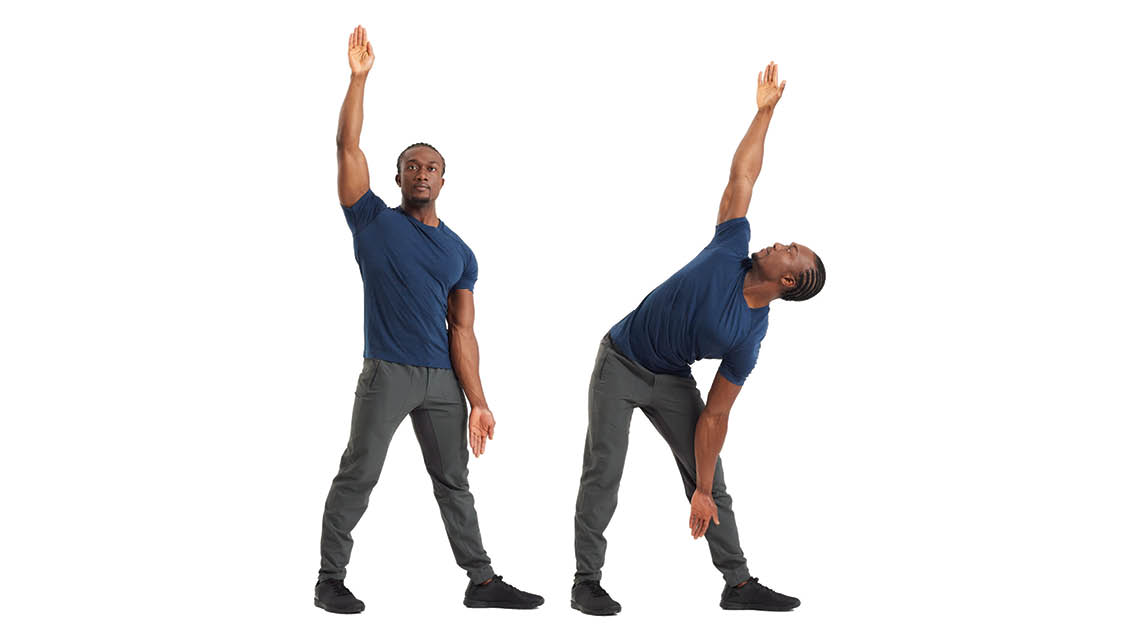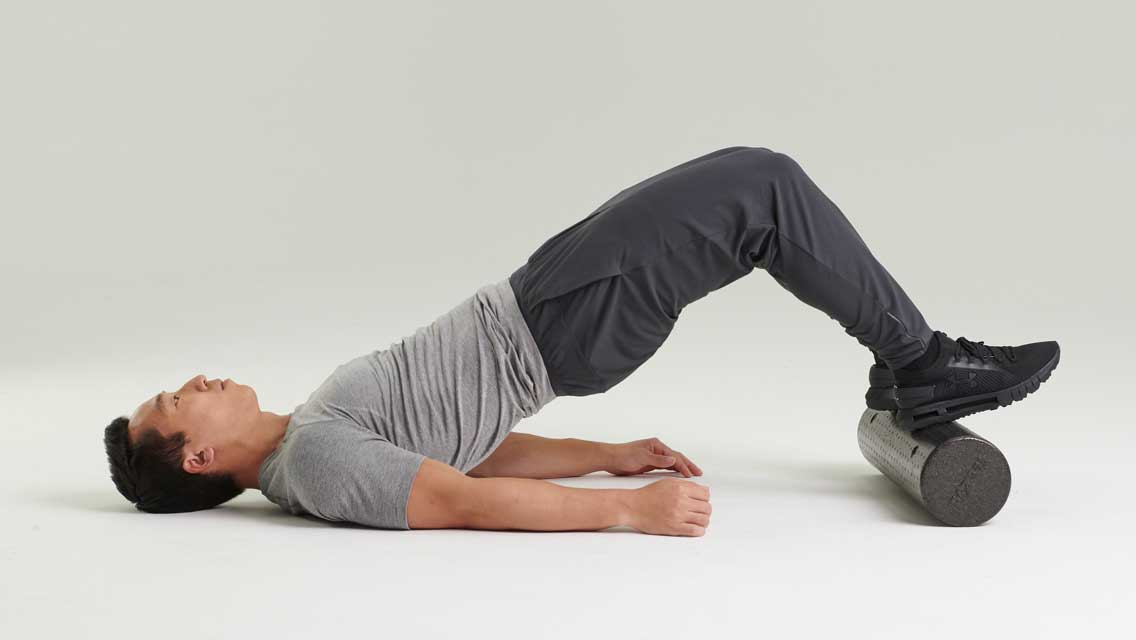We’re often told to keep our spines neutral — slightly curved in the lower back, with the vertebrae forming an elegant S shape. Don’t turn. Don’t twist. Stand up straight!
That’s a perfect strategy some of the time, such as when you’re running, lifting weights, or moving your neighbor’s couch. But in daily life, your back is constantly bending and shifting: Not only is your spine designed to fold, curl, and twist, but many activities call for assuming non-neutral shapes.
It can be easy to avoid these natural movement patterns out of fear of injury. But the solution, experts say, isn’t so much to avoid rotation but rather to train it through intentional practice when your spine is unloaded — both while lying down and while standing.
This not only improves back resiliency and overall movement quality but can also feel great, when done right.
Safe rotation, says Baltimore-based personal trainer and corrective-exercise specialist Jason Williams, occurs primarily in the thoracic spine — the series of vertebrae that connect to your rib cage. This area can be stiff and immobile in many active people, but mobility is trainable when done right.
“Rotational stretch exercises are great for thoracic-spine mobility and awareness,” explains Williams, author of the children’s book series The Adventures of Frankie Fitness. The better your thorax moves, the better your back feels, from your head to your tailbone.
So next time you have to rotate your spine — whether you’re changing a tire or tying your kid’s shoes — you’ll pull it off with nary a groan.
The Workout
Perform any of the following stretches, either as a series or individually, after your next workout or any time you need to relieve stress or tension.
Standing Triangle
- Stand with your feet about two shoulder widths apart.
- Rotate your right foot outward so it points directly to the right.
- With your right arm straight, place your right hand on the front of your right thigh.
- Raise your left arm directly overhead so your upper arm is near your left ear.
- Inhale deeply, reaching upward as far as possible with your left arm.
- Keeping both arms straight, exhale as you slowly bend to your right, sliding your right hand down the front of your right leg as far as comfortably possible.
- Hold the position, extending both arms fully and retracting your left shoulder blade onto your back.
- Turn your head to look at your left hand.
- Hold the position for 30 to 45 seconds, or about five to six long, deep breaths, then repeat on your other side.
90–90 Stretch
- Lie on your right side with your knees and lower legs stacked. Your thighs and spine should form a 90-degree angle, as should your thighs and lower legs.
- Extend your arms forward from your shoulder, with the back of your right hand on the floor and your left palm on top of your right.
- Keeping your lower body stationary, raise your left arm up toward the ceiling, and turn your head to look at it as you do so.
- Opening your chest as much as possible, turn your head to your left and slowly lower your left arm toward the floor behind you.
- Without stretching or straining, breathe deeply for five to 10 seconds, allowing your left shoulder blade and arm to sink toward the floor on each exhale.
- Return to the starting position.
- Repeat four or five times per side.
L Stretch
- Lie on your back and raise your right leg toward the ceiling so that your leg forms a 90-degree angle with the floor. (Too tough? Bend your knee 90 degrees.)
- Keeping your shoulders on the floor and your right thigh at 90 degrees to your spine, slowly lower your right leg across your body, keeping your shoulder blades on the floor the whole time.
- Return to the starting position.
- Repeat six to eight times per side.
Rotating Child’s Pose
- Assume a kneeling position with your knees wide and your feet pointed behind you.
- Sit on (or toward) your heels, and fold your upper body forward.
- Lower your forehead toward the floor and extend your arms on the floor in front of you.
- Bend your right arm and place your right hand on the back of your head.
- Breathing normally, fix your gaze on your right elbow and slowly raise your elbow up and back as far as comfortably possible.
- Hold for a moment, moving subtly into the stretch, looking for the tight areas for five to 10 seconds.
- Repeat three or four times per side.
This article originally appeared as “Spinal Revolution” in the October 2021 issue of Experience Life.





This Post Has One Comment
You did a great job by putting a video with every workout. It helps a lot to understand how to do it properly.